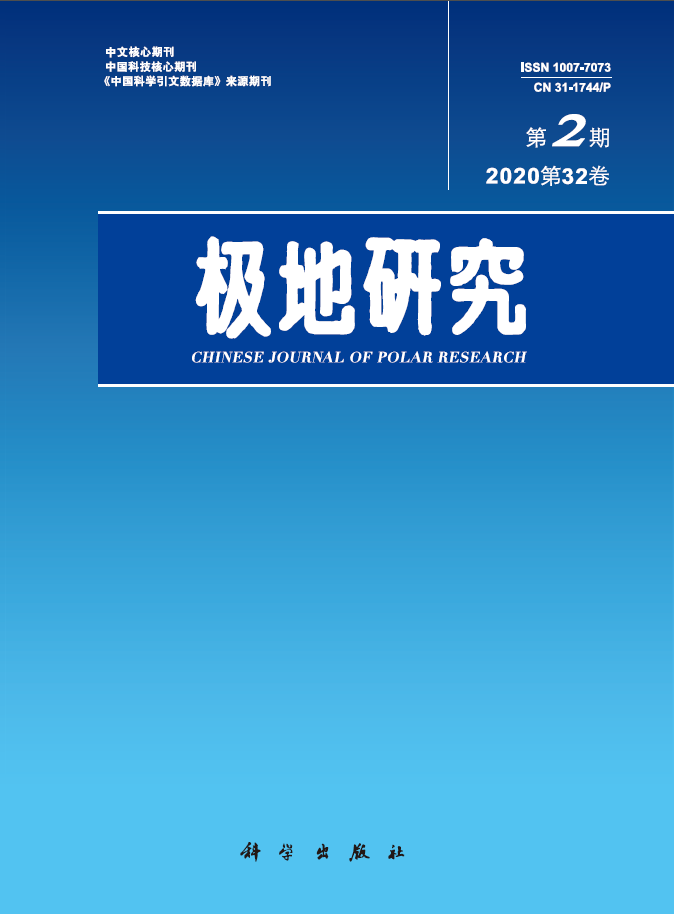The bald notothen (Pagothenia borchgrevinki) is a typical fish species that preferred to stay at the underside of Antarctic sea ice. The morphology of otolith in bald notothen correlates to the shape of fish. To understand otolith morphology and its ability to predict sizes of individual, using the samples with standard length (SL) 4.50 cm to 17.80 cm and wet weight (WW) 1.31 g to 80.79 g, this study measures and analyzes otolith morphology and then attempts to predict fish length using random forest modeling. The results show ranges of otolith length (OL) and width (OW) are 0.992 – 2.814 mm and 0.744 – 1.797 mm, respectively, and otolith weight is 0.00008 – 0.00448 g. With distinct rostrum and antirostrum, otolith is smooth with no obvious scallop. The size of otolith is increased with increasing SL of fish, but the relative size of otolith decreases gradually, therefore basically the proportion of different morphological structures remain unchanged. The OL, dorsal length (DL), dorsal width (DW), antirostrum length (ARL), rostrum length (RL) and perimeter (P) show a logarithmic relationship to fish SL. The OW and fish SL shows a power relationship, and the otolith area (S) and fish SL show a linear relationship. The relationship between OL, DL, ARL, P and fish WW is logarithmic, and OW, DW, RL, S and fish WW have a power relationship. The OL and OW show a power function relationship, but OL is linearly related to OW. Compared to other otolith morphological parameters, the contribution of OW, DW and S to fish SL is larger. The length of fish can be pre-dicted effectively by otolith morphological parameters using random forest modeling, with a prediction accuracy of 93.91%. This study provides a reference for the morphological study of Antarctic fish otoliths, shows that fish SL can be reconstructed using otolith thich is extracted from the stomach of fish-eating predators, and contributes information for the study of feeding ecology.

